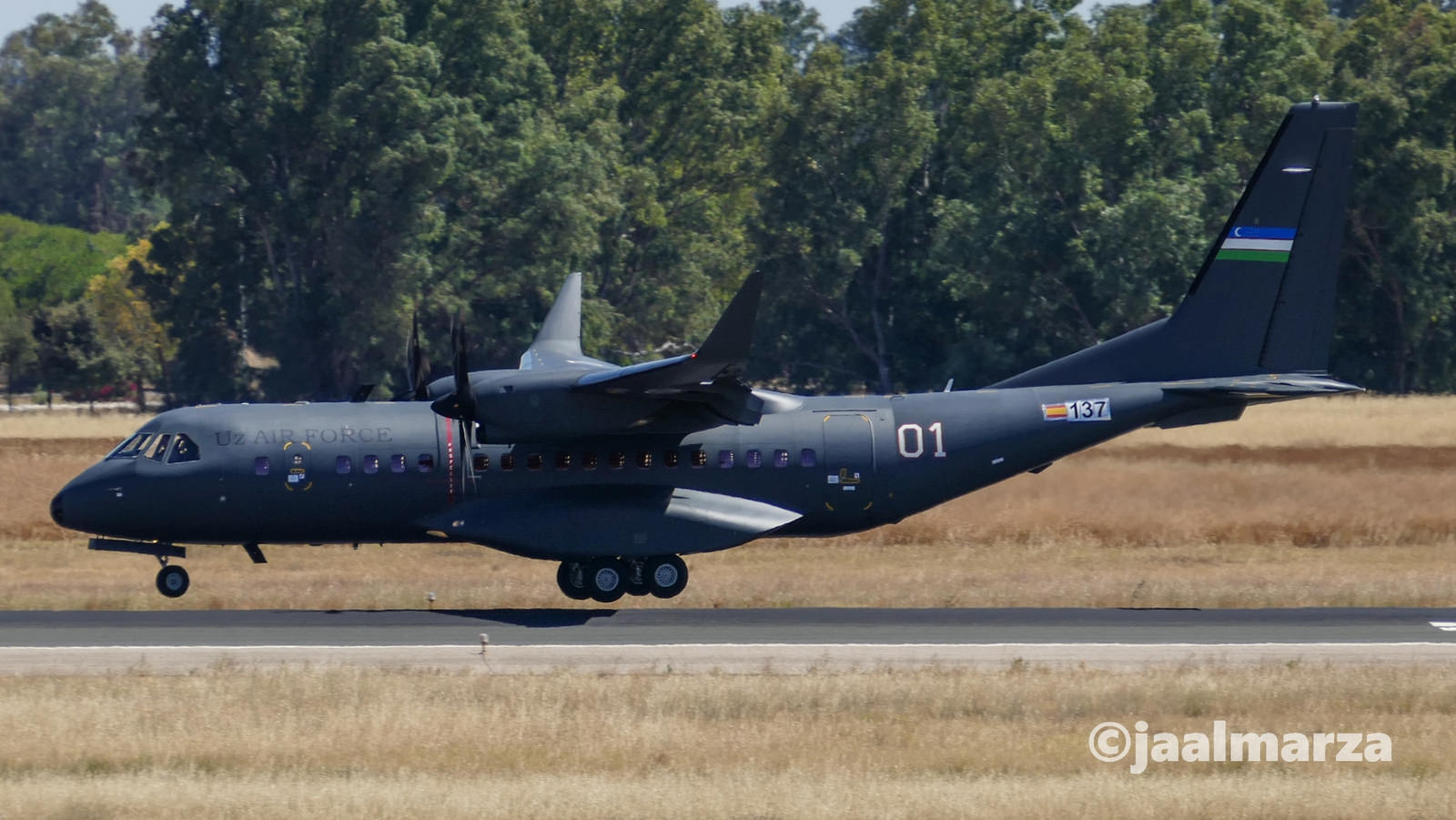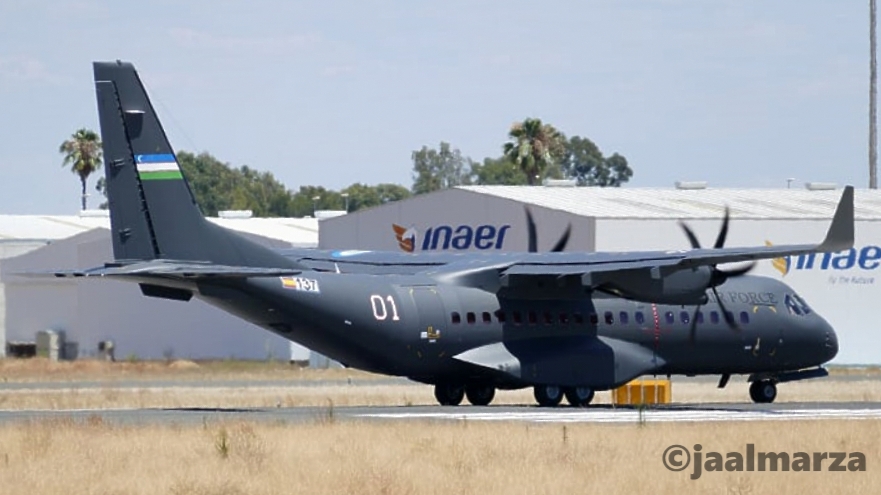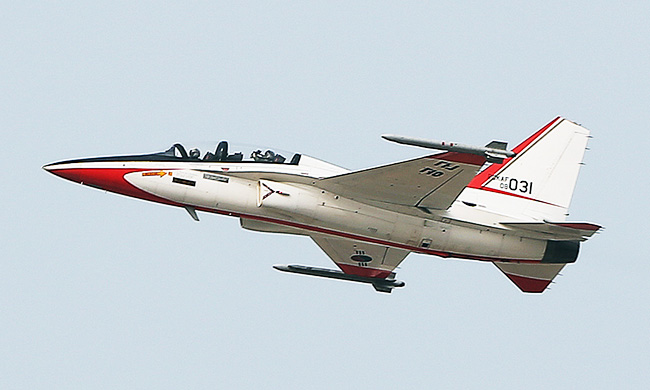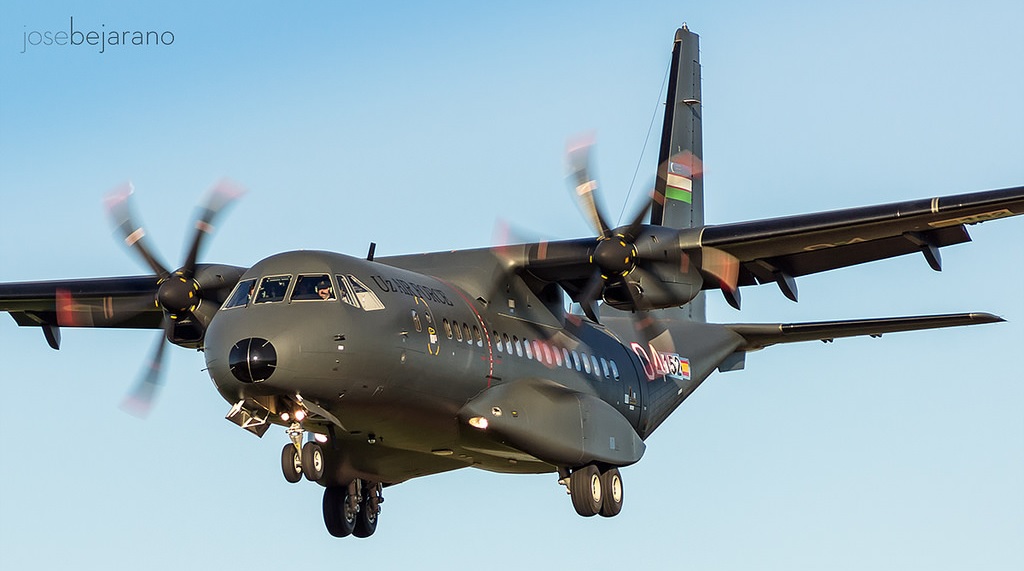Some info in Central Asian states air forces (except Kazakhstan)
UzbekistanIt should be noted that at the official level, all information about the status of the Uzbek armed forces completely closed. Data that can be obtained from various sources, often contradictory. For example, the news agency Sputnik referring to the report of the Expert Global Firepower, argues that the Army of Uzbekistan takes 54th place in the world in terms of combat capability (Kazakhstan - on the 66th, Belarus - to 78-m, and Tajikistan - 81 th places, respectively). Spending on the military-industrial complex of Uzbekistan in 2015, totaled $ 2.4 billion. The structure of the Air Force consists of 69 fighters, 89 attack planes different groups with fixed wing, 49 transport, 65 normal and 25 combat helicopters and other equipment.
The legacy of the Soviet era the country has got a huge fleet of combat aircraft, and even the biggest in the Union of the Tashkent aircraft plant. But in the future vagaries of the country's leadership, which resulted in periodic curls up cooperation with the Russian Federation, where the aircraft manufacturers, the Uzbek Air Combat seriously squandered their potential. Today, the country's Air Force consists of four aircraft crews, helicopters and military transport crews, helicopter detachment and Aviation School. For air defense troops seconded 7 Su-27 fighters. On the arms are:
Su-17 M3 / Su-17UM3 (3rd generation fighter-bomber). All defective.
Su-24 / Su-24MP (bomber, 1 regiment - from 11 to 23 boards).
Su-25 / Su-25BM (attack, 20 boards). Status unknown.
MiG-29 / MiG-29UB (multi-role fighter, more than 30 boards, 18 of them in storage).
Su-27 / Su-27UB (multi-role fighter, 24 sides, including more than 11 in storage).
AN-12 / AN-12PP (transport aircraft, 26 boards). Status unknown.
An-24 (transport aircraft, 1 side).
AN-26 / AN-26KP (transport aircraft, electronic reconnaissance aircraft, 13 boards).
Tu-134A (transport aircraft, 1 side).
L-39 (training and combat aircraft, light attack aircraft, 14 boards).
Mi-6 / Mi-6AH (transport helicopter, 28 boards). Status unknown.
Mi-8 (multi-purpose helicopter, 52 boards). Status unknown.
Mi-22 (air command post 2 side). Status unknown.
Mi-24 (attack helicopter, 29 boards). Status unknown.
Mi-171 (transport-combat helicopter). Number unknown.
AS322 Super Puma (French transport helicopter, 8 boards).
AS350 (French light helicopter, 8 boards).
It was also reported that the Uzbek BBC purchased several new military transport aircraft C-295W, of Airbus Military production.
Judging by the fact that the military-transport planes and helicopters are purchased in foreign countries, most of the Soviet fleet of cars in Uzbekistan is in a state unfit to fly. It can be assumed that the main fleet of combat aircraft and helicopters of Soviet productionis in the same state, although the Uzbek military try to support and extend the resource available means. This suggests that the Uzbek authorities are not willing to tolerate such a situation and re-launched a program similar to the Kazakh.
According to Sputnik, the country does not leave attempts to reduce its dependence on Russian arms. In particular, there is supposedly a contract with South Korea for the delivery of 12 training aircraft supersonic T-50 Golden Eagle, worth $ 400 million. From China has purchased drones UAV Chengdu Pterodactyl. Obviously, this fact stimulated Kazakhstan on purchase of four similar devices, which are now based in Taraz.
The experts say that Russia in the foreseeable future, still remain the main supplier of weapons to Uzbekistan.
On any contracts with the Russian side for Uzbekistan, of course, are not reported. For example, in the country there are helicopters Mi-171, which became known after the crash of a military sides of this class in the Ferghana region October 18, 2016-year. The disaster claimed the lives of nine Uzbek military. The main air bases are located in Chirchik city, Karshi, Tashkent, Nukus, Jizzakh, Kagan, Andijan, Termez, Navoi.
KyrgyzstanHere the situation is most depressing. Τhe country, most of whose territory is located in the mountains, having serious external threats, but still prone to constant internal conflicts, combat aircraft is necessary. But in Kyrgyzstan, it is practically not.
MiG-21 (fighter 21 side). This machine is hopelessly outdated.
An-26 (transport aircraft, 2 side).
L-39 (training and combat aircraft, 4 boards). Status unknown.
Mi-24 (attack helicopter, two sides).
Mi-8 (multi-purpose helicopter, 8 boards).
All the equipment is part of the Air Defense Forces and assigned to the air base "Frunze-1" (Bishkek).
The only hope for the country's defense against aggression or terrorist attack from the outside in such a situation remains in the CSTO partners, first of all - Russia. In Kyrgyzstan is 999th Russian military air base deployed to the airfield in Kant, 20 kilometers east of Bishkek. Permanent staff of the air base on different data is up to 250 officers and 150 conscripts. On the basis of deployed, attack aircraft Su-25, primary trainer L-39 and Mi-8 transport helicopters. The main task of the air group - the control of the airspace in the region and, if necessary, strikes against terrorist groups.
The potential of this object is huge. If necessary, Russia can throw any equipment here aerospace forces. Earlier it was reported on the expansion of the base, repair strips and construction of additional infrastructure. According to some sources, today, Kant is able to take interceptors and MiG-31 strategic missile carriers from the long-range aviation, as well as any types of fighters and bombers.
Recently Kyrgyz leadership stated that it is not interested in extending the contract with Russia for the rental object after the end of his term.TajikistanTajik Air has no combat aircraft. The protection of the country's air space carried by the Russian Air Force.
Mi-8 / Mi-17 (multi-purpose helicopter, 11 boards).
Mi-24 (attack helicopter, 4 boards).
The Russian air group of permanent deployment consists of five Su-25 (I-670 air squadron, Ayni airfield). Also at the Aini airfield deployed 303rd separate helicopter squadron (four Mi-24 and Mi-

. Wing is a member of the 201st military base. We can assume that, as in the situation with Kyrgyzstan, Russia is able to quickly transfer the necessary amount to Tajikistan shock of air assets.
http://bmpd.livejournal.com/2400592.html










